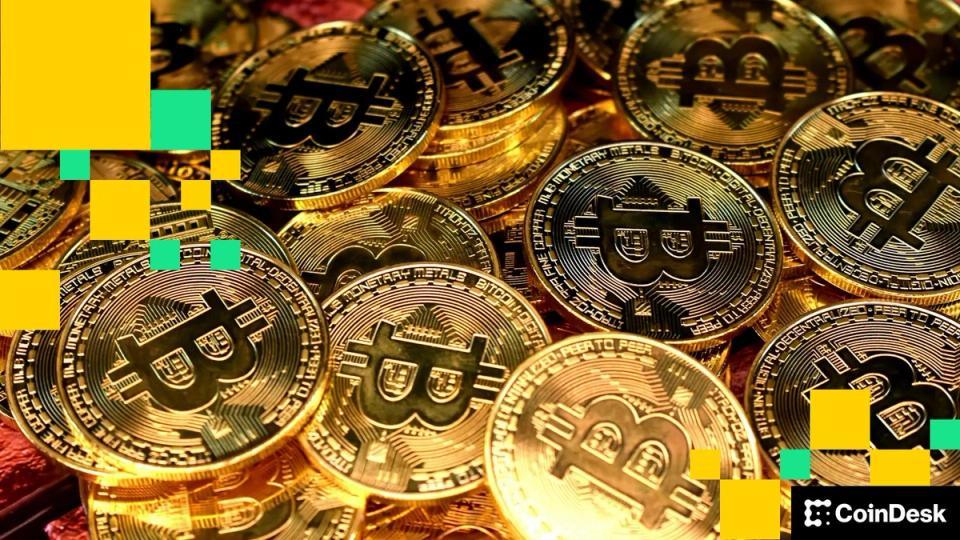After months of steady rise to a record high, Bitcoin the pulse slowed, with BTC changing hands above $111,000 Friday afternoon Hong Kong time, up 2% from last week according to CoinDesk market data.
The pullback from the recent high above $126,000 is marked by slowing momentum below key cost basis levels, with capital flowing out of the spot market and ETFs, alongside defensive options positioning.
In a recent report, Glassnode considers repeated breakdowns below key quantiles as evidence of market exhaustion. At the same time, CryptoQuant, in a note shared with CoinDesk, notes similar stress in dwindling profits made and depletion of exchange flows.
Capital, they both argue, remains in crypto but shifts from spot to derivatives, with volatility itself now the primary traded asset. Until this balance is restored, recoveries risk fading rather than being sustained.
Glassnode points out that the short-term holders’ cost basis, around $113,000, is the dividing line between renewed strength and deeper consolidation. Falling below this threshold, according to the firm, indicates that recent buyers are now sitting on losses, eroding confidence and forcing weaker hands to capitulate.
Meanwhile, long-term holders have sold in force at a rate of more than 22,000 BTC per day since July, a trend that continues to sap momentum and weigh on any sustainable recovery. If Bitcoin fails to reclaim the $113,000 line, Glassnode warns that losses could worsen until it reaches the $108,000-97,000 range, where 15-25% of supply has historically become unprofitable.
CryptoQuant data reinforces this view from a flow perspective. ETF inflows have cooled after months of accumulation, while foreign exchange reserves are rising again, a sign that traders are preparing to sell amid volatility rather than accumulate.
The company calls this a turnover of capital within crypto rather than a full exit, as liquidity migrates to futures and options markets where volatility premiums have increased. This reflects structural changes seen in 2021 and mid-2022, when speculative leverage replaced spot conviction.
The options data echoes a broader sense of caution. Glassnode reports record open interest as traders increasingly rely on derivatives to hedge rather than bet on the upside, with put demand increasing across all time frames.
Glassnode notes that market maker hedging has tended to smooth short-term price action, selling on rallies and buying on dips to remain delta (market) neutral. High volatility and strong put demand keep the market stuck, with bounces limited by hedging flows rather than broad conviction.
This dynamic has left the market in limbo, where price action is shaped more by risk management than directional conviction.
CryptoQuant interprets these flows as a sign of consolidation rather than collapse, writing that liquidity remains within the crypto ecosystem, flowing through different instruments as investors wait for clearer macro or policy signals before committing new capital.
Both firms suggest that a meaningful recovery will require new spot demand and quieter derivatives activity, conditions that could depend on the timing of Fed rate cuts or a resumption of ETF inflows.
For now, Bitcoin is not collapsing, it is catching its breath, trading less like a revolution than like a rotation. Volatility may still be the market’s favorite asset class, but sooner or later even traders tire of the fear of trading.




